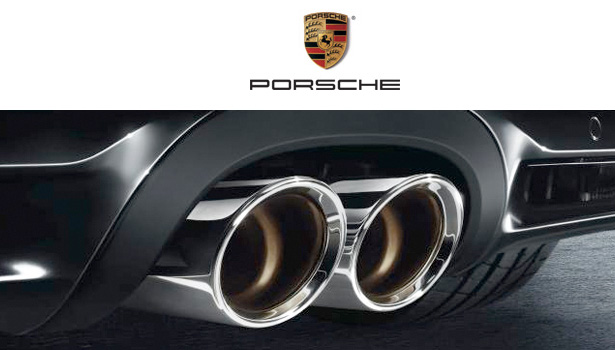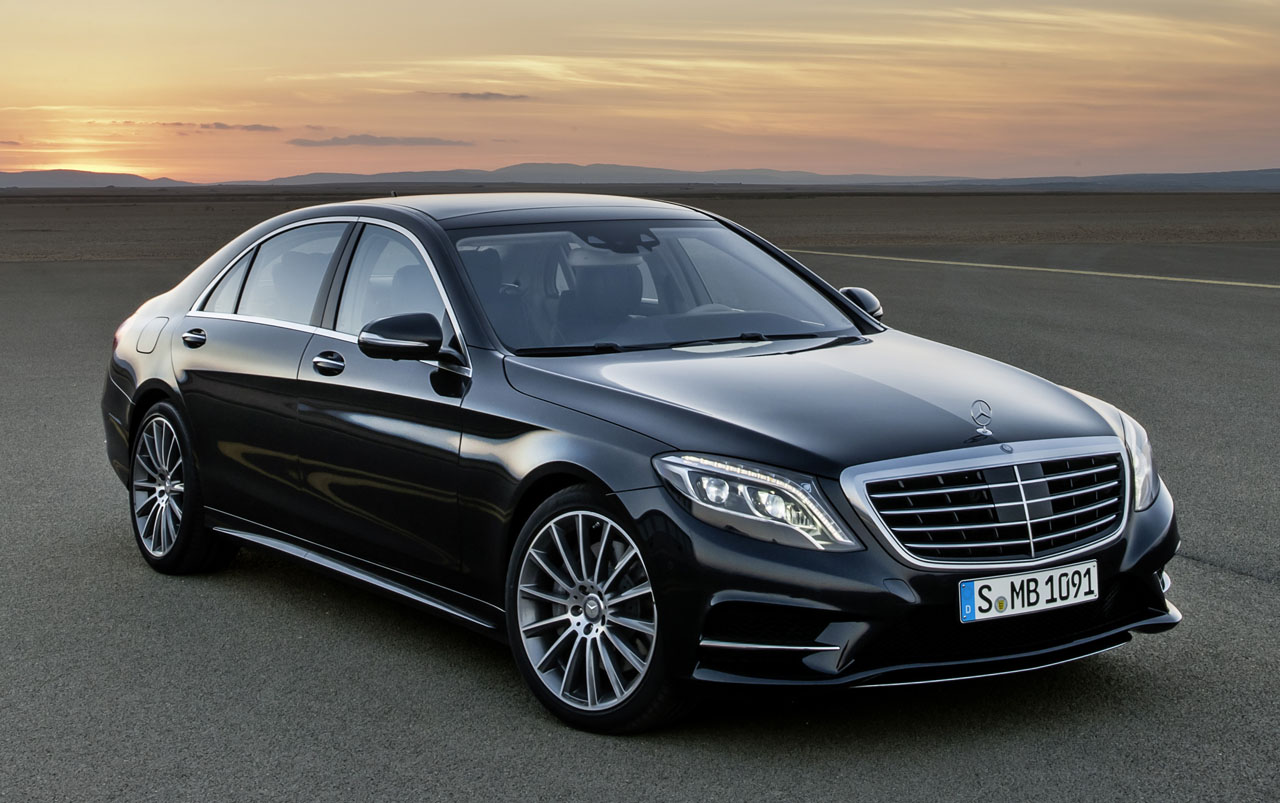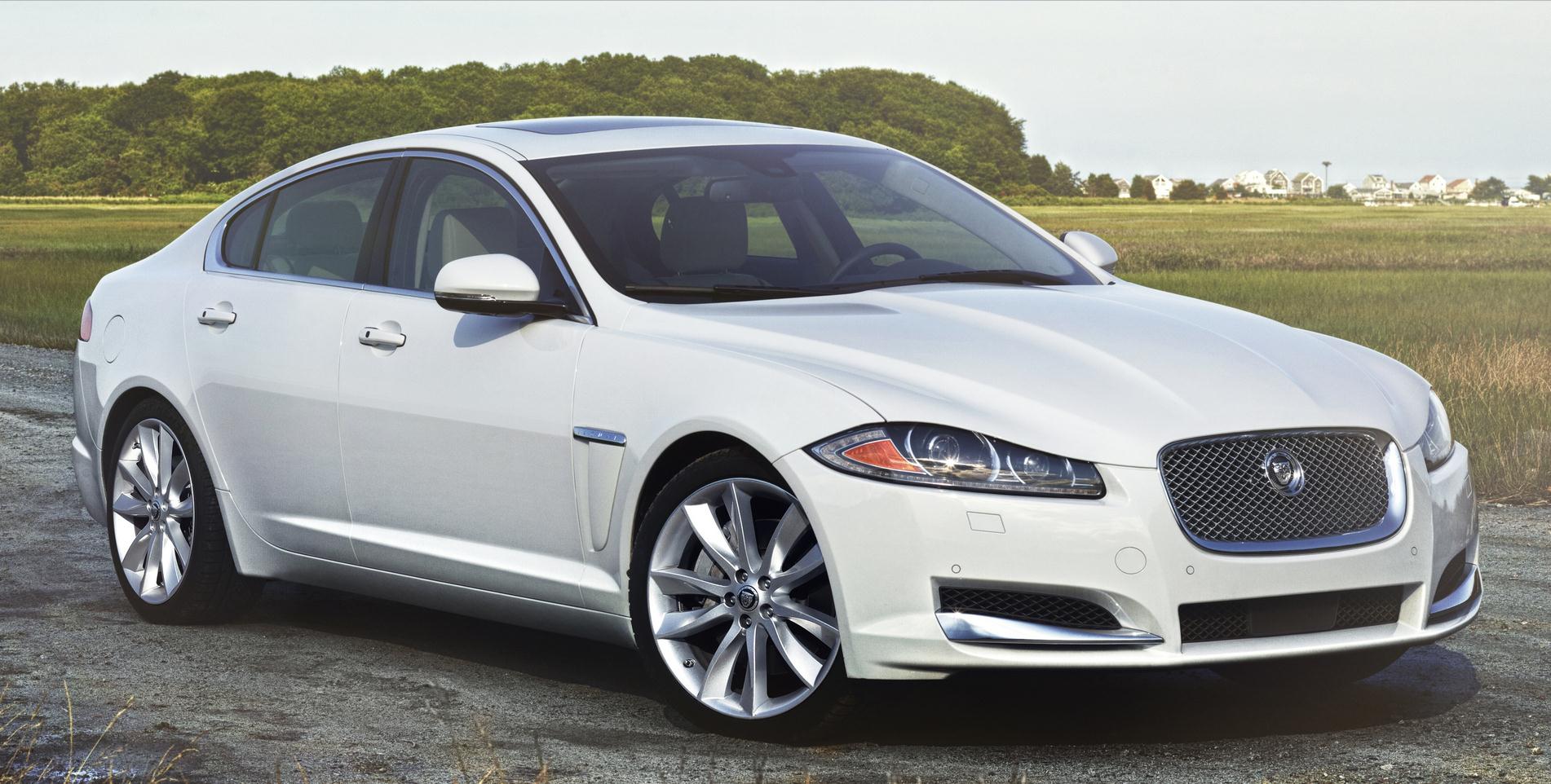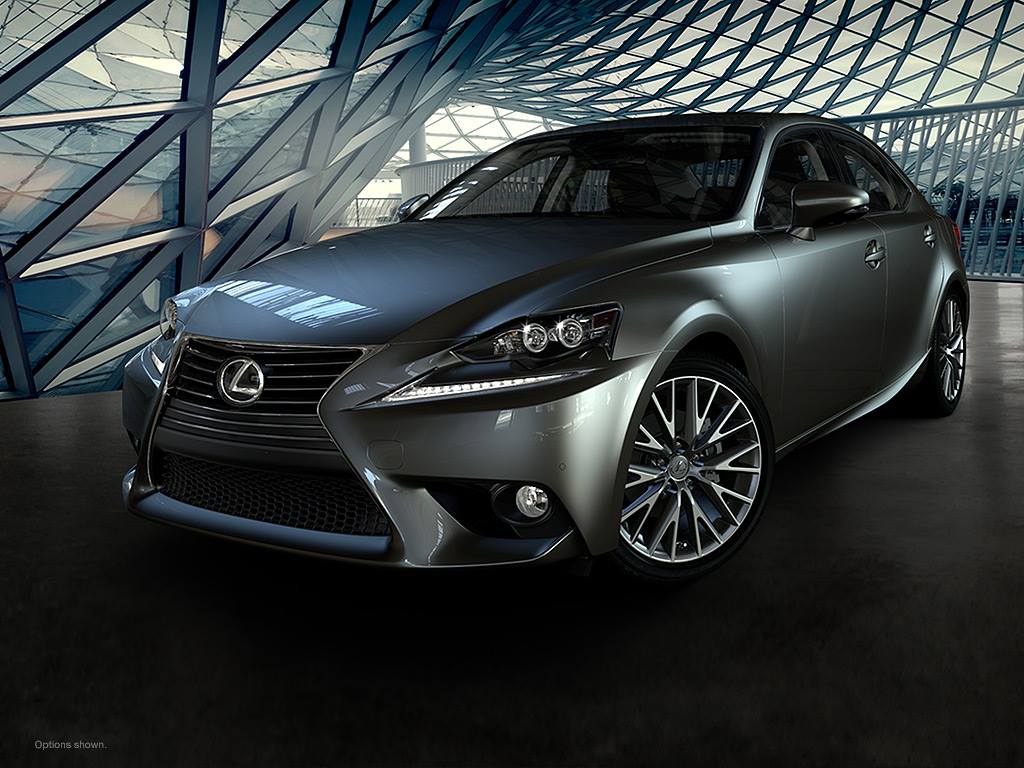ARLINGTON, Texas (May 29, 2014) – Park Place Dealerships broke ground today on a two-story, 91,000 square foot Mercedes-Benz dealership in Arlington. The 16-acre site is located at Interstate 20 and Beltway Place. The project is expected to be completed in summer 2015 and will create more than 325 construction jobs and approximately 90 permanent jobs.
“Mercedes-Benz has one of the most exciting product lines in its history and there is a strong demand for the vehicles,” said Ken Schnitzer, chairman of Park Place Dealerships. “April sales for the brand were up more than 12 percent from a year ago. Arlington is a great market and with this new location, we will be able to better serve current clients in the area, as well as expand our client base.”

Mercedes-Benz of Arlington, a Park Place Dealership, will feature a showroom that can showcase up to 16 new vehicles. The multi-million dollar project also willfeature a shop with 35 service bays and 10 make ready bays. Every area of the dealership has been designed to make the experience more efficient for the client.
Mercedes-Benz of Arlington will also handle sales and service for the line of Mercedes-Benz Sprinter vans. Three service bays in the shop will exclusively handle service for the vans. The Sprinter vans are available in cargo or passenger models.
Hesham Elgaghil, a Park Place member for nearly 14 years, has been named general manager of the dealership. Elgaghil has held several positions with the company including most recently, general sales manager at Park Place Motorcars Dallas.
“Park Place has consistently been recognized as one of the top places to work,” said Schnitzer. “Through Park Place University, we encourage members to continue to learn and as a result, we have a strong employee retention. A significant number of our members have been with the company for more than 10 years.”
This will be the 18th dealership for Park Place Dealerships, which just opened a new Maserati store in Fort Worth earlier this month.
Good, Fulton & Farrell has been named the architectural firm for the project with Hill & Wilkinson handling the general contractor duties.
Ken Schnitzer founded Park Place Dealerships in 1987 with a single Mercedes-Benz dealership on Oak Lawn. Today, Park Place Dealerships employs nearly 1,800 people and operates 17 full-service dealerships representing luxury brands including Lexus, Mercedes-Benz, Porsche, Infiniti, Volvo, smart, Jaguar, Lotus, Rolls-Royce, Bentley, McLaren, and Maserati. For more information about Park Place Dealerships and Maserati, visit www.parkplace.com.






































